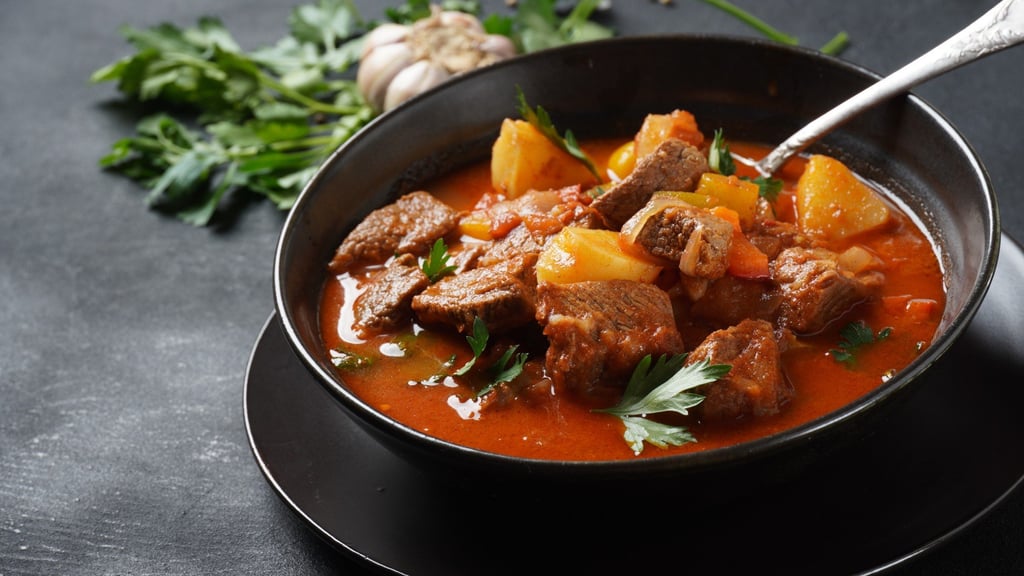Although paprika is not native to Eastern Europe, it has long been associated with Hungarian cooking – it is used in goulash (a soup or stew with meat and vegetables) and chicken or veal paprikash, and gives a slight kick to roasted potatoes and buttered noodles.
In Hungary, spice shops sell paprika with many different flavours and heat levels. If you find a spice shop that sells its products loose, ask to smell the paprika before buying – if it is fragrant, it should still be full of flavour.
Packets of paprika are sometimes (not always) labelled by their flavour – usually sweet, hot or smoked.
Their flavour varies according to the type (or types) of capsicum used, its ripeness and how the fruits are processed and dried before being ground. Smoked paprika gets its flavour fr…
Although paprika is not native to Eastern Europe, it has long been associated with Hungarian cooking – it is used in goulash (a soup or stew with meat and vegetables) and chicken or veal paprikash, and gives a slight kick to roasted potatoes and buttered noodles.
In Hungary, spice shops sell paprika with many different flavours and heat levels. If you find a spice shop that sells its products loose, ask to smell the paprika before buying – if it is fragrant, it should still be full of flavour.
Packets of paprika are sometimes (not always) labelled by their flavour – usually sweet, hot or smoked.
Their flavour varies according to the type (or types) of capsicum used, its ripeness and how the fruits are processed and dried before being ground. Smoked paprika gets its flavour from being slowly dried over wood.

Beef goulash made with potatoes and plenty of paprika. Photo: Shutterstock
Paprika is appreciated as much for its ability to colour food as its flavour. Because it is a ground spice, the colour – and flavour – fade with time. Store it in an airtight jar or can and in a dark, cool place such as a wine fridge, but preferably in the freezer.